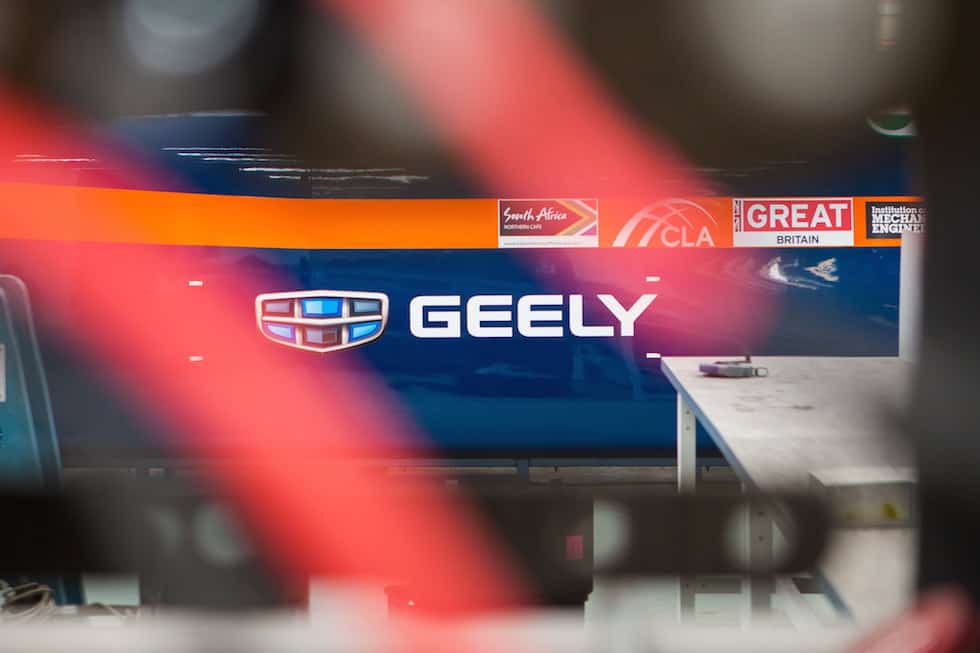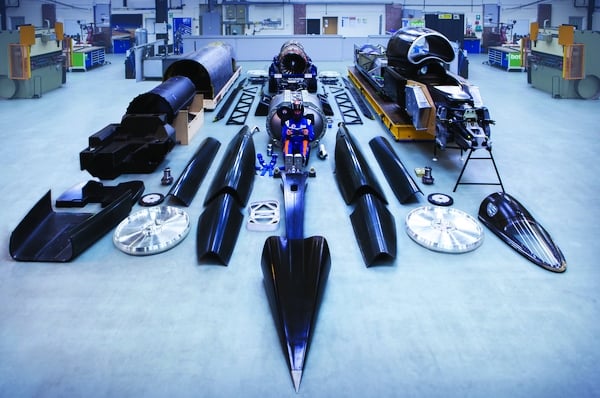
Signed in August, the three-year agreement will see Zhejiang Geely Holding Group (ZGH) provide technical and financial support to the Project, which aims to break the world land speed record in 2017 by travelling on Hakskeen Pan, South Africa at 1,000mph.
ZGH owns Volvo Car Group as well as London Taxi Company and is the parent company to Geely Auto, which has four international research and design centres, employs approximately 10,000 engineers worldwide and has also established universities, further education colleges and technology schools across China.
The partnership will see Geely Auto technology being used within Bloodhound Supersonic Car (SSC); Geely Group vehicles being used in South Africa throughout record campaigns; plus design and engineering support being provided, where required, to help the Project.
Jaguar will continue as technical partner to the Project and its V8 engine will remain the auxiliary power unit used to power the oxidiser pump for Bloodhound’s rocket.
As part of the deal, GHG will also promote the Project’s STEM Inspirational Programme throughout Asia.
Richard Noble, Bloodhound project director, said, “Not only are [Geely] an international technology company with tremendous vision and capability, they share our passion for innovation and education. Their support, both technical and financial, means we can now plan next year’s record-breaking challenge with confidence. It also means we can take our STEM inspiration message to a vast new audience, which is great for science and engineering but also for promoting Great Britain.”
Li Shufu, chairman, Zhejiang Geely Holding Group, added: “Since day one we have been committed to breaking technology barriers at Geely and working with Project Bloodhound will help further our mutual technology breakthrough to an international audience.
“It also means we can tell millions of young people, in China and around the world, about the opportunities presented by studying science, technology, engineering and mathematics. That is what makes this ‘Engineering Adventure’ so special and why we wanted to be part of it.”
CLICK HERE TO ACCESS ALL OF THE ENGINEER'S BLOODHOUND SSC COVERAGE

Engineering facts





Swiss geoengineering start-up targets methane removal
No mention whatsoever about the effect of increased methane levels/iron chloride in the ocean on the pH and chemical properties of the ocean - are we...